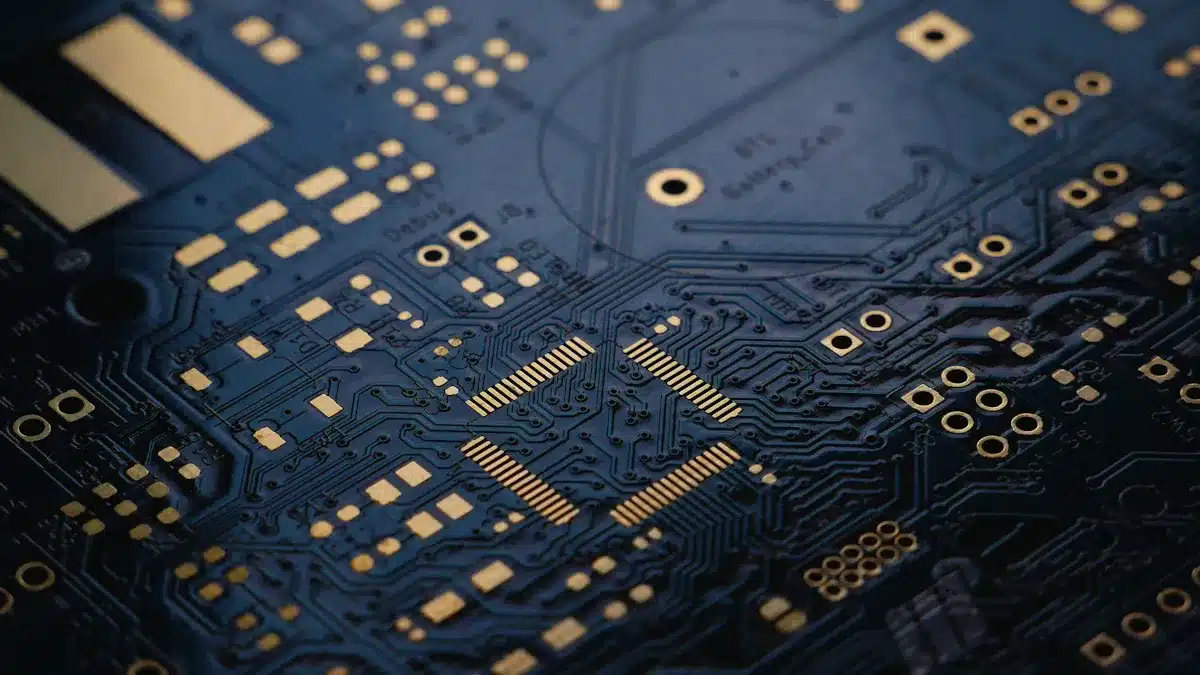
China leads the world in china pcb production, manufacturing more PCBs than any other country. Known for producing PCBs quickly and affordably, China accounts for about 51% of global PCB output. The china pcb production market in China is valued at $26.79 billion in 2024.
Cost Factor | China | United States |
|---|---|---|
Labor Costs | $20 to $30+/hour | |
Material Sourcing | Local supply chains | Often imports |
Tooling/Setup | Lower | Higher |
When choosing between China and the U.S. for PCB production, consider your priorities such as quality, speed, and regulatory requirements to make the best decision for your needs.
Key Takeaways
China makes PCBs quickly and for less money. This is good for big orders and easy designs.
The USA makes better PCBs and follows strict rules. They protect designs well. This is good for projects that need to work well and get help fast.
Worker pay and extra fees change PCB prices a lot. China pays workers less but shipping and fees cost more.
Talking clearly and having good rules stop problems with Chinese suppliers. U.S. suppliers are easier to work with.
Mexico and Southeast Asia are new choices. They ship faster and have good prices for buyers in North America.
China vs. United States: PCB Overview
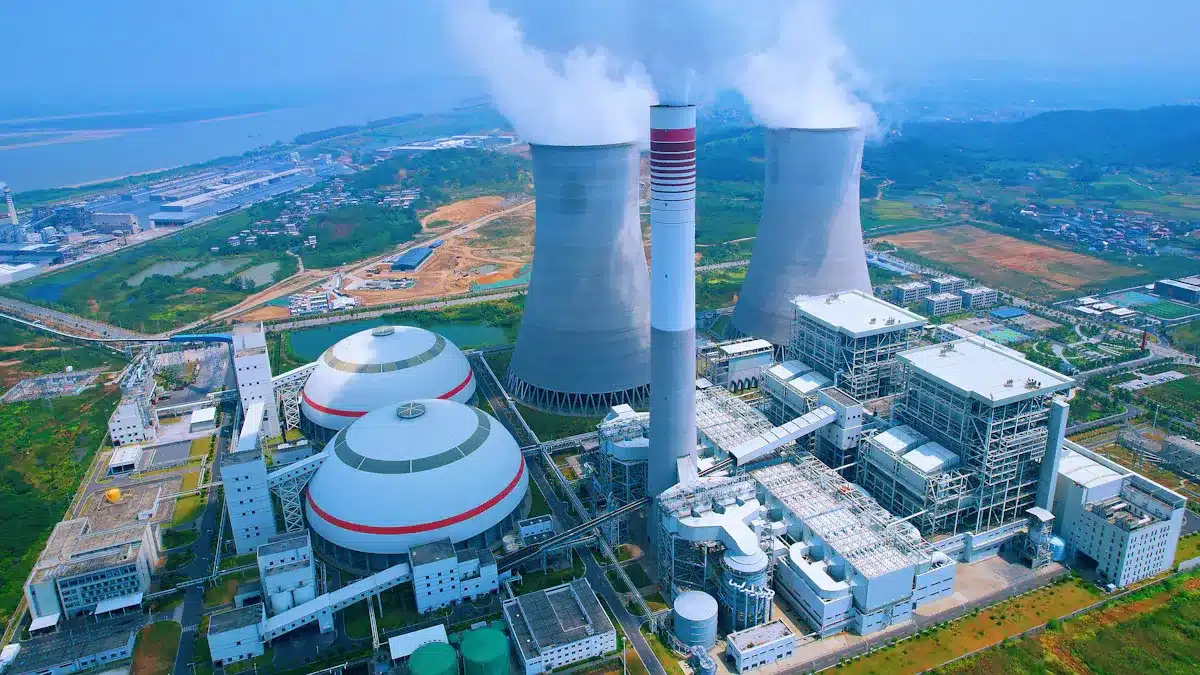
Market Position
In the last ten years, pcb manufacturing has changed a lot. China makes more pcbs than any other country now. The usa has problems keeping up. China has over 2,500 pcb board shops. The usa has less than 200. China’s government spends a lot on technology and buildings. This helps China stay ahead. China’s rules make it hard for foreign companies to compete. Local companies get a big boost.
The usa’s pcb industry is getting smaller. Labor and running costs are higher in the usa. There are not enough skilled workers. This makes it tough for the usa to compete. Some people want to bring manufacturing back to the usa. They also want to use more supply chains. These plans need time to work. The “China+1” idea means companies add factories outside China. People talk about it, but it does not fix things right away.
Note: China’s huge size and low prices keep it number one in pcb manufacturing. The usa is still trying to grow its industry again.
Aspect | China | United States |
|---|---|---|
Over 2,500 | Fewer than 200 | |
Government investment | Heavy, with strong policy support | Limited, reshoring efforts ongoing |
Market position | Dominant, unmatched capacity and pricing | Shrunk, faces high costs and workforce issues |
Strategic initiatives | Supported by government policies | Exploring “China+1” strategy |
Production Scale
China pcb production is very large. In 2020, China made $35.05 billion worth of pcbs. In 2021, it was $44.15 billion. By 2026, it may reach $54.6 billion. China keeps growing by making more factories and using better technology.
The usa makes fewer pcbs. Most usa companies make special or very reliable pcbs. These are used in things like planes and defense. Big factories that make lots of pcbs are rare in the usa. Costs are higher and there are not enough buildings. So, many companies go to China for cheap and fast pcb production.
China pcb production leads the world.
The usa makes special, complex pcbs.
Quality
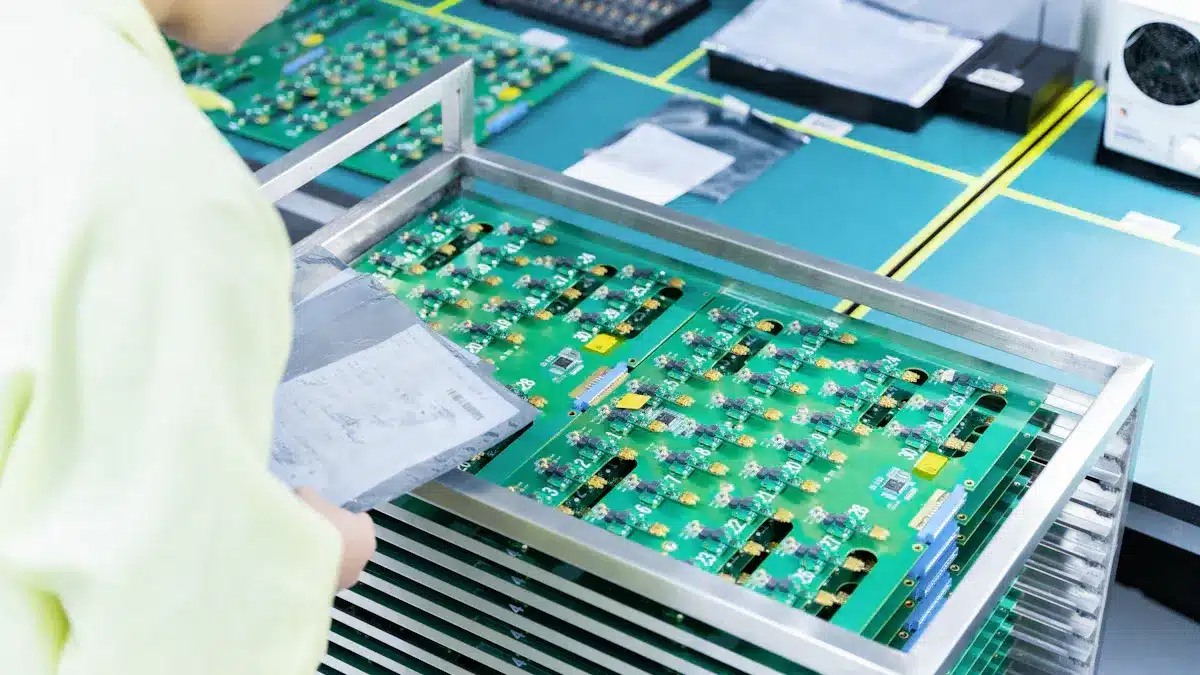
Standards
The rules for making PCBs help decide their quality. China and the USA both use strict standards. These rules make sure products are safe and work well. Chinese companies follow global standards like IPC-A-610 and ISO 9001. They also meet local rules such as CCC, CQC, and SRRC. The USA uses standards like UL, ETL, and FCC. These focus on safety and stopping fires. They also check for electromagnetic problems.
Region | Common Certifications and Standards | Description |
|---|---|---|
China | CCC (China Compulsory Certification), CQC (China Quality Certification Center), SRRC (State Radio Regulatory Commission) | Safety, product quality, and radio frequency compliance |
United States | UL (Underwriter Laboratories), ETL (Intertek), FCC (Federal Communications Commission) | Safety, flame retardancy, and electromagnetic compatibility |
Global | CB Certification (International Electrotechnical CB Certification) | International mutual recognition for electrical product test results |
Both countries use smart inspection tools. AOI and X-ray analysis help find problems early. These tools make quality control better. The USA has more steady quality because of strict rules. China has made its quality better with training for workers.
Reliability
Reliability means PCBs work well for a long time. Both China and the USA meet global standards. The USA has tougher rules, so their products are more reliable. China has improved by using better checks and following world standards.
ALT helps test how PCBs handle stress. It puts PCBs in heat, wetness, and shakes to find weak spots. There are no exact numbers to compare China and the USA. Both use ALT to make their PCBs last longer.
US makers finish orders faster and talk with customers easily.
China is good at making lots of PCBs quickly and cheaply.
Reliability depends on checks, worker training, and following rules.
China’s defect rate dropped from 3% to 1.5% after training. This means China can match the USA in quality with good checks. Still, China’s quality changes more than the USA’s. The USA keeps results steady.
Complex PCB Production
Making complex PCBs needs smart technology and strict checks. The USA is best at making very detailed PCBs for important jobs. Aerospace, defense, 5G, and self-driving cars pick US PCBs for top tech needs. These jobs need special boards and parts.
The USA has strong innovation, government help, and skilled workers.
PCB manufacture USA is good for jobs needing strict rules and strong supply chains.
New areas like smart gadgets, IoT, and green energy also want advanced US PCBs.
China meets global standards for big orders. Chinese companies make good PCBs for electronics, cars, and factories. Their skills have grown, but the USA is still best for complex PCBs.
Tip: Pick US PCB makers for projects needing smart tech, strict rules, and high reliability. Choose China for big orders where price and speed matter most.
Cost
Labor
Labor costs are very important in pcb manufacturing. China pays workers much less than the usa. This makes a big difference in total costs. In China, workers get about $6.5 per hour. In the usa, workers earn about $25.93 per hour. This big gap changes how much it costs to make pcbs.
Country | Average Labor Cost per Hour (USD) |
|---|---|
China | 6.5 |
United States | 25.93 |
Because labor is cheaper in China, pcb prices stay low. The usa has higher pay, so making pcbs costs more. This matters even more when companies order a lot of pcbs. Many companies pick China to save money on big orders.
Tariffs and Shipping
Tariffs and shipping add more costs to pcb manufacturing. The usa puts high tariffs on pcbs from China. Bare pcbs can have tariffs up to 55%. Assembled boards can have tariffs up to 45%. Steel and aluminum parts can have tariffs up to 95%. These rules depend on trade codes and orders.
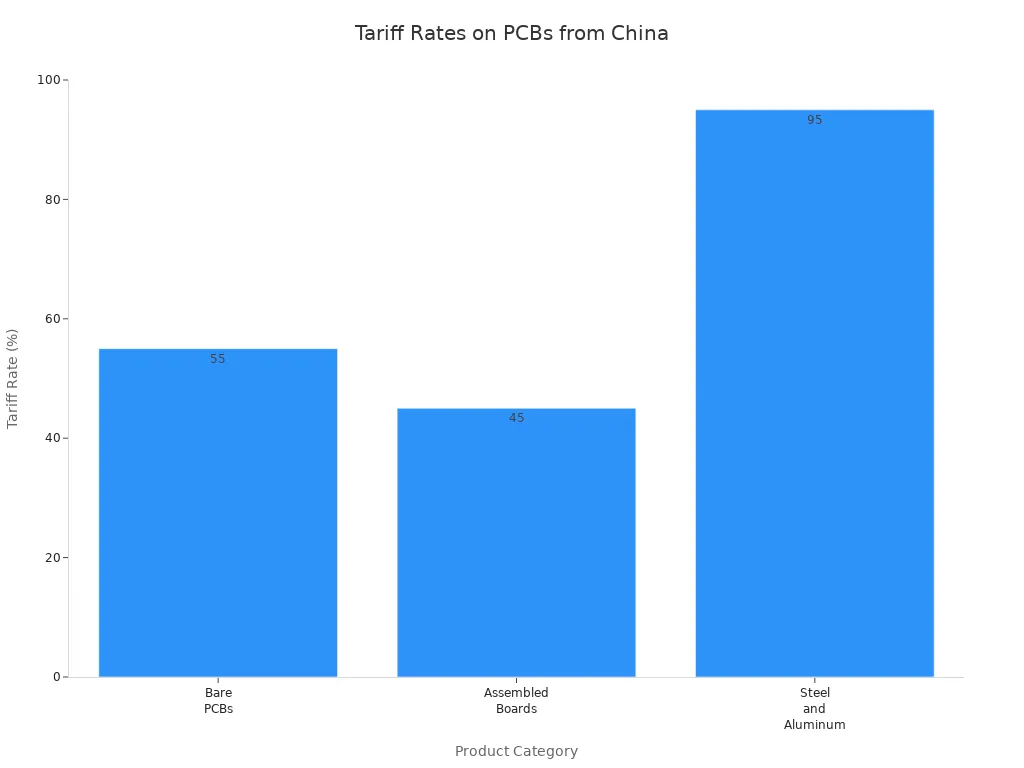
Note: Some items get a 10% tariff break, but most pcbs still have high tariffs. If a company gets charged wrong, they should ask for a fix right away.
Shipping also raises the final price. Sending pcbs from China to the usa can cost a few dollars more per board. Fast shipping costs even more. Tariffs and shipping together can make China less cheap for small or rush orders. But for big shipments, lower labor and material costs often save more money than these extra fees.
Volume and Prototyping
Volume discounts and prototyping costs show more differences between China and the usa. Chinese pcb makers do well with big orders. They give better prices because they work at a large scale and pay less for labor. The usa uses advanced tech and strict rules, so big orders cost more there.
Aspect | China (Asia) | United States (North America) | Cost Difference / Impact |
|---|---|---|---|
Labor Costs | Lower labor rates | Higher labor rates | |
Material Sourcing | Local supply chains, proximity to copper and substrates | Higher overhead and regulatory costs | Material costs reduced by 5-10% in China |
Example PCB Cost (6-layer) | $15 per board | $18 per board | $3,000 savings on 1,000 units |
Prototyping Costs | Higher per unit due to setup fees, but regional savings apply | Higher per unit, setup fees present | Prototyping ~10-20% cheaper in China |
Economies of Scale | High-volume production benefits | Less volume, higher per-unit costs | Production costs reduced by 30-50% at scale |
Prototyping in China is usually 10-20% cheaper than in the usa. Cheaper labor and materials help keep prices low, even if setup fees are higher for small runs. For example, a 6-layer pcb costs $15 in China and $18 in the usa. This saves $3,000 on 1,000 boards.
Chinese companies also give better discounts for big orders. Their size and speed let them lower prices as orders get bigger. The usa cannot give the same discounts because of higher costs. Companies that need lots of pcbs often pick China for the best price.
Tip: For simple or big pcb orders, China is usually the cheapest choice. The usa is better for small orders, special designs, or when you need fast delivery.
Speed and Flexibility
Lead Times
Lead times are important when picking where to get pcbs. Chinese factories can finish standard orders quickly. For example, JHYPCB says most orders in China take 7 to 15 days. Some places can make simple boards in just 48 hours. They do this because they use machines and have many workers.
U.S. pcb makers also work fast. Companies like EpecTec can make simple boards in 2-3 days. In the U.S., normal rigid pcb orders take about 20 work days, or four weeks. If the order is big or complex, it can take 4-8 weeks. Making pcbs in the U.S. skips customs and long shipping, which helps for rush jobs.
Shipping time changes how fast you get your pcbs. U.S. suppliers are faster for local buyers because they do not need to ship far or go through customs. Chinese suppliers might be slower because of time zones, customs, and longer trips. But their fast work often makes up for these delays on big orders.
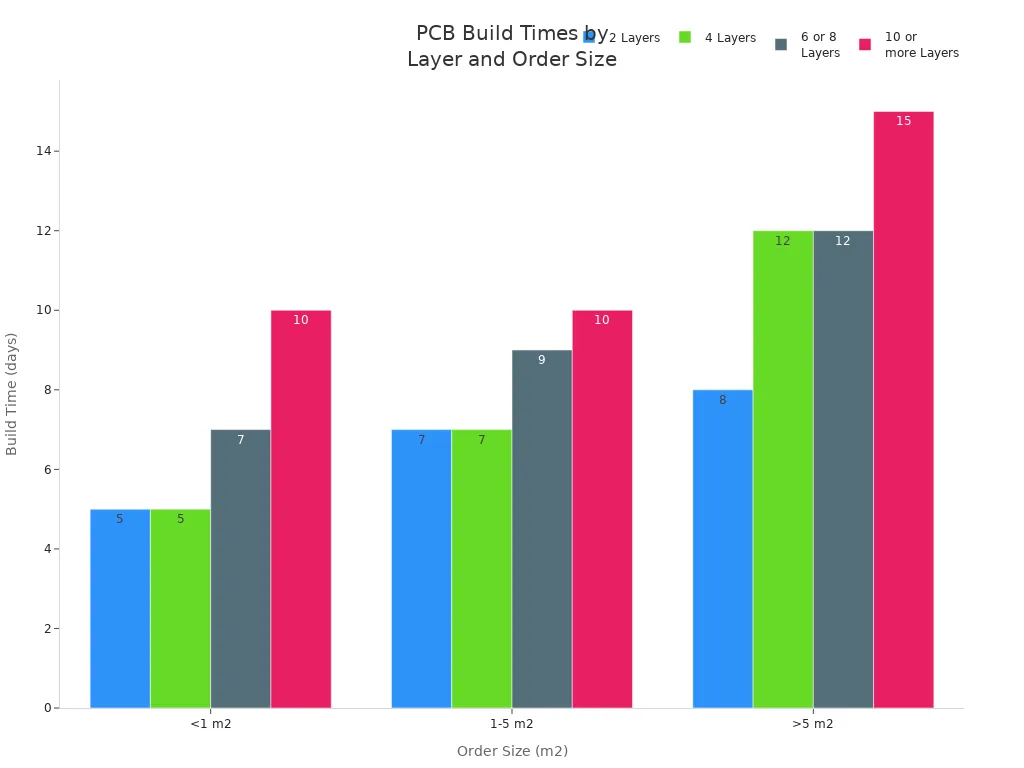
Tip: If you need a prototype fast or have a tight deadline, U.S. pcb makers may be quicker because they are close and easy to talk to.
Customization
China and the U.S. both let you pick many options for your pcbs. Top Chinese companies like PCBGOGO and DSBJ give lots of choices. You can choose board size, layers, copper thickness, and special things like HDI or rigid-flex. You can also pick solder mask colors, finishes, and features like via-in-pad or controlled impedance. Many Chinese companies let you order online, see prices right away, and check your design before making it.
U.S. makers are also good at custom pcbs. They focus on high-quality, tricky boards for things like planes, hospitals, and cars. U.S. companies can change designs fast, help you locally, and check quality closely. This helps with special projects and quick updates.
Manufacturer | Customization Highlights | Industry Focus |
|---|---|---|
PCBGOGO (China) | 1-14 layers, HDI, flexible, rigid-flex, advanced finishes, fast prototypes | Automotive, medical, industrial |
DSBJ (China) | FPC/FPCA, rigid-flex, RF, ceramic, local sales and storage | IoT, telecom, EV |
American Standard Circuits (USA) | Complex multilayer, quick-turn, strict standards, local support | Aerospace, defense, medical |
Note: Both China and the U.S. let you customize a lot. China is usually cheaper and easier to order from online. The U.S. is better for local help and strict rules.
Oversight and Compliance
Communication
Good communication is very important for PCB projects. Customers working with Chinese suppliers face some problems.
Staff may not speak English well, so replies are slow.
Time zones are far apart, so talking live is hard.
Different cultures can make rules or deadlines confusing.
These problems can hurt project quality and delivery. Many companies fix these issues by hiring staff who speak both languages or using local agents. Regular meetings, clear notes, and chat apps help people understand each other. Long-term partnerships and knowing shipping rules also help projects go better.
Communication Aspect | Challenges with Chinese PCB Suppliers | Advantages with U.S. PCB Suppliers |
|---|---|---|
Language | Language barriers due to less common English proficiency | Shared language facilitates clear communication |
Time Zone | Significant time zone differences (e.g., 12+ hours ahead of EST) | Same or close time zones enable real-time collaboration |
Cultural Nuances | Differences in business etiquette causing misunderstandings | Aligned business etiquette reduces confusion and improves trust |
Collaboration | Difficulties in real-time collaboration and face-to-face meetings | Easier face-to-face collaboration and quicker problem resolution |
Customer Service | Less accessible and less responsive customer service | Better customer service with easier access and understanding |
Shipping and Logistics | Shipping delays, customs issues, and paperwork problems | Fewer shipping complications due to domestic handling |
Buying from U.S. makers removes language problems. This means talking is easier, updates come faster, and help is better. But language problems with Chinese suppliers can slow down projects and lower quality.
Regulatory and IP
Following rules in PCB making keeps products safe and good. China and the U.S. use global standards like IPC and ISO 9001. The U.S. also needs UL and FCC checks. China has its own RoHS rules. The table below shows important requirements:
Regulation/Standard | Region | Key Requirements and Considerations |
|---|---|---|
RoHS | US & China | Limits hazardous substances in PCBs; China RoHS is similar to US/EU but not identical. |
REACH | US (EU origin) | Requires disclosure and management of certain chemicals in PCBs. |
UL Certification | US | Ensures electrical safety and flammability standards. |
FCC Compliance | US | Regulates RF emissions and requires accredited lab testing. |
IPC Standards | Global | Sets best practices for design, fabrication, and testing. |
Industry-Specific Standards | Global | Includes ISO 9001, AS9100, and others for medical, automotive, and aerospace sectors. |
China’s government helps factories get better with new rules like “Made in China 2025.” These changes focus on protecting nature and using new technology. Big demand for electronics and cars in China pushes quality higher.
Intellectual property protection is very different in each country. U.S. PCB makers follow strict laws. They use safe cloud systems and strong security steps. This lowers the chance of IP theft or fake products. In China, weaker rules and less security make IP loss more likely. Companies with special designs often pick U.S. makers for better IP safety.
Tip: If your project needs strong rules or good IP protection, U.S. PCB makers give you more safety.
When to Choose China PCB Production
Best Use Cases
China pcb production is a cheap way to make boards. Many companies pick Chinese factories for testing new products. They also use them for small batches and medium-sized orders. JLCPCB and PCBWay let you order boards for very low prices. You do not need to buy a lot at once. Startups and research teams like fast and cheap prototyping. Sunthone Electronics and Best Technology are good for quick jobs and small batches. They work well for standard FR4 and simple multilayer boards.
Try out new product ideas with prototype runs
Make small batches for test projects
Order low or medium amounts for electronics
Use standard FR4 boards and simple multilayer designs
Pick China for tight budgets or short deadlines
Chinese suppliers let you order any amount you need. They finish orders quickly. Many have online shops and give instant price quotes. This makes it easy for engineers and buyers.
Considerations
Picking china pcb production for big orders has some risks. Quality can change, and sometimes wrong materials are used. There is a chance someone could steal your design. It can be hard to talk because of language and culture. You might depend too much on one supplier. Problems like trade fights or politics can slow delivery or raise prices. There are also worries about the environment and how workers are treated.
NCAB found some Chinese factories used wrong materials. This made products less reliable and broke customer rules. NCAB started checking factories more often and tracking materials better. To stay safe, pick suppliers with ISO 9001, UL, and RoHS certificates. Use NDAs, split up orders, and talk clearly. Work with more than one supplier and watch for changes in politics. This helps keep your supply chain strong.
Tip: Working with trusted and certified suppliers makes your boards better and keeps your designs safe.
When to Choose U.S. PCB Production
Best Use Cases
Many U.S. industries use local pcb production for top technology and strict quality checks. Companies pick pcb manufacture usa when they need boards that work well for important jobs. U.S. factories help groups that want high standards and quick delivery.
Hospitals use advanced electronics for health devices and implants.
LED lighting companies need boards for screens in homes, cars, and hospitals.
Electronics brands use local pcb for phones, tablets, and entertainment systems.
Makers of factory tools need exact boards for machines and measuring tools.
Car makers use U.S. pcb for computers and safety systems in vehicles.
Military and defense projects choose local suppliers for vehicles and secure computers.
Phone and internet companies get fast boards for amplifiers and filters.
Aerospace, health, and car industries get better quality and stronger supply chains with usa pcb production. Being close to customers means shipping is faster and checking is easier. These groups care about reliability, safety, and quick new ideas.
Tip: U.S. pcb suppliers are best for projects where quality, speed, and careful checking are very important.
Considerations
Picking usa pcb production means thinking about some key points. U.S. makers follow strict rules like ISO and UL to make sure boards are high quality. Local production gives faster making and shipping, so companies can meet tight schedules. Intellectual property protection is strong, with safe data and good laws.
High standards make sure products are what you expect.
Faster delivery helps with urgent jobs and less waiting.
Easy talking with local teams makes working together and getting help better.
Following rules like RoHS shows care for the environment.
Advanced factories let companies try new things and change plans quickly.
Companies need to think about cost and quality. U.S. pcb production costs more than making boards in other countries, but you get better help and fewer problems. Experience, good name, and certificates help buyers pick the best supplier for smart technology projects.
Note: For jobs that need strict checking, smart technology, and strong IP safety, usa pcb production gives the best benefits.
Alternatives to China and USA
Mexico and Other Options
Mexico is now a good place for PCB manufacturing. Many companies like that Mexico is close to the United States. Labor costs in Mexico are lower than in the U.S. Shipping from Mexico is faster than from Asia. Cities like Tijuana and Guadalajara have factories for cars, medical, and electronics. These factories use international standards like IPC and ISO 9001. Mexico has skilled workers and safe trade deals. This helps companies avoid some risks.
Key benefits of choosing Mexico:
Shipping to North America is faster.
USMCA means lower tariffs.
Workers know electronics well.
Talking is easier because time zones are close.
Note: Mexico’s PCB industry is growing, but it is still smaller than China’s.
Other countries are also getting noticed for PCB production. Vietnam, Thailand, and Malaysia have built new factories and use better technology. These places have good prices and better quality now. Many companies send orders to Southeast Asia to skip tariffs and use more suppliers.
Country | Strengths | Challenges |
|---|---|---|
Mexico | Close by, skilled workers, USMCA | Not as big, fewer choices |
Vietnam | Cheap, better technology | Not many factories |
Thailand | Steady supply, skilled workers | Costs more than Vietnam |
Malaysia | Good factories, high quality | Fewer workers |
Companies should look at what each country does best before picking one. Mexico is great for North American supply chains. Southeast Asia is good for low prices and new markets. Every region has special benefits for PCB buyers.
China makes PCBs for less money and does it quickly. But sometimes the quality is not the same every time. It can also be hard to talk with the factories in China.
The United States gives you PCBs that are always good quality. They follow strict rules and keep your designs safe from being copied.
People in charge should think about what matters most. They need to look at price, how fast they need the PCBs, and how good they want them to be before picking a company.
If you want to learn more about getting PCBs, check out guides or ask trusted makers for help.
FAQ
What factors affect PCB production cost in China and the USA?
Labor rates, material sourcing, tariffs, and shipping fees change PCB costs. China has lower labor and material costs. The USA pays higher wages and more for rules. Big orders cost less for each board in China.
How do Chinese and U.S. PCB manufacturers ensure quality?
Both places use global standards like IPC and ISO 9001. U.S. factories check boards with stricter tests and more certificates. Chinese suppliers use smart testing tools and train workers to make boards better.
When should a company choose U.S. PCB production?
Aerospace, medical, and defense groups pick U.S. PCB production for strict checks and strong design safety. Local suppliers deliver faster and talk easier for urgent or tricky jobs.
Are there risks with sourcing PCBs from China?
Quality can change, designs might get stolen, and talking can be hard. Companies should pick certified suppliers, use NDAs, and watch production closely. Trusted partners help lower these risks.
What alternatives exist outside China and the USA for PCB manufacturing?
Mexico, Vietnam, Thailand, and Malaysia have good prices and skilled workers. Mexico ships fast to North America. Southeast Asian countries help buyers pay less tariffs and use more supply chains.